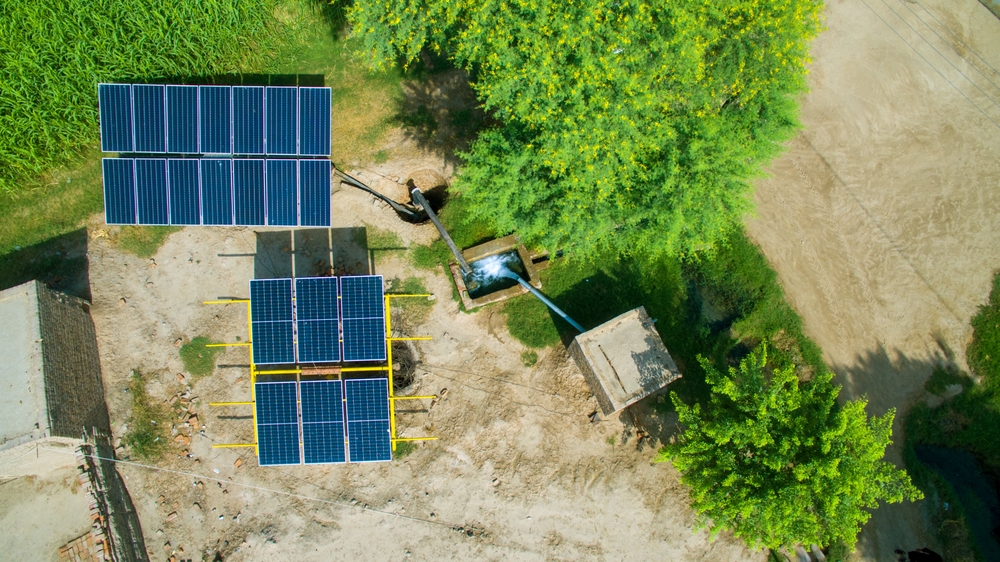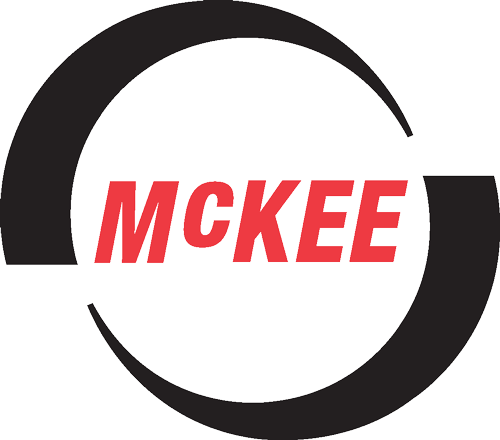
How Solar Farms and Regular Farms Can Work Together
August 13, 2024 6:41 pm Leave your thoughtsThe future of sustainable agriculture and energy production might just lie in the harmonious coexistence of solar farms and regular farms. By integrating these two systems, we can not only enhance the efficiency and productivity of agricultural operations but also contribute to a greener planet. This blog explores how solar farms and regular farms can work together, the benefits of such integration, and practical examples of successful collaborations.
The Concept of Farm-Based Solar Power
What is Farm-Based Solar Power?
Farm-based solar power refers to the integration of solar energy systems with agricultural practices. This dual-use approach allows land to serve both as a productive agricultural area and a site for generating solar electricity. By combining these two systems, farmers can make the most out of their land, providing an additional revenue stream while supporting sustainable energy solutions.
Benefits of Integrating Solar Farms and Regular Farms
- Increased Revenue Streams: Solar farms can offer a steady income through the sale of electricity, which can be particularly beneficial for farmers who face unpredictable agricultural incomes.
- Land Efficiency: Utilizing land for both farming and solar energy production maximizes its use, reducing the need to allocate separate areas for solar panels and crops.
- Environmental Benefits: Solar power reduces reliance on fossil fuels, lowering greenhouse gas emissions. Additionally, the shade from solar panels can reduce soil evaporation and help conserve water.
- Improved Crop Yields: In some cases, the partial shading from solar panels can reduce heat stress on crops, potentially leading to better yields.
Case Studies of Successful Integration
Solar Panels and Vineyards
One successful example of farm-based solar power is the integration of solar panels with vineyards. In regions like California and France, vineyards have installed solar panels above their grapevines. This arrangement provides shade for the vines, which can help in reducing heat stress and improving the quality of the grapes. The solar panels also generate electricity that can be used to power vineyard operations or be sold to the grid.
Solar Farms and Grazing Lands
Another effective integration is seen with grazing lands where solar panels are mounted on raised structures, allowing livestock to graze underneath. This approach not only produces clean energy but also allows for continued agricultural use of the land. Farmers benefit from additional income from solar energy while maintaining their traditional farming activities.
Practical Considerations for Integration
Land Use and Design
When planning the integration of solar farms and regular farms, careful consideration of land use and design is crucial. Solar panels should be positioned in a way that does not impede agricultural activities. For instance, using raised structures for solar panels can ensure that crops or livestock are not affected by the shading.
Maintenance and Management
Both solar farms and agricultural operations require regular maintenance. The integration should be designed to allow easy access for both farming and solar panel maintenance. Coordination between the solar and agricultural operations can help prevent conflicts and ensure smooth management of both systems.
Financial and Incentive Programs
Farmers looking to integrate solar farms with their agricultural operations should explore available financial and incentive programs. Many governments and organizations offer grants, tax credits, and subsidies to support renewable energy projects. These incentives can help offset the initial investment costs and make the integration more financially viable.
Challenges and Solutions
Initial Costs and Investment
One of the primary challenges of integrating solar farms with regular farms is the initial cost of investment. Solar panels, installation, and maintenance can be expensive. However, the long-term benefits, including additional revenue from solar power and potential savings on energy costs, can offset these initial costs. Farmers should conduct a cost-benefit analysis and explore financing options to make the investment more manageable.
Impact on Agricultural Activities
There might be concerns about how solar panels could impact agricultural activities, such as shading effects on crops. Careful planning and design can mitigate these concerns. For instance, choosing crops that thrive in partial shade or positioning solar panels at optimal heights can help address potential issues.
Regulatory and Zoning Issues
Integrating solar farms with regular farms may involve navigating regulatory and zoning issues. Farmers should work with local authorities to understand any regulations or zoning requirements related to solar energy installations. Ensuring compliance with these regulations can prevent potential legal and operational challenges.
The Future of Solar Farms and Regular Farms
Innovations and Technological Advancements
The future of farm-based solar power is promising, with ongoing innovations and technological advancements. New technologies, such as agrivoltaics (the simultaneous use of land for both agriculture and solar power), are being developed to enhance the efficiency and effectiveness of these integrations. As these technologies evolve, they will offer even more opportunities for sustainable and productive land use.
Expanding Adoption
The adoption of farm-based solar power is likely to expand as more farmers recognize the benefits and as technology becomes more accessible. Collaborative efforts between farmers, solar energy companies, and policymakers can further promote the integration of solar farms and regular farms. Public awareness and education about the benefits of farm-based solar power will also play a crucial role in driving adoption.
Conclusion
The integration of solar farms with regular farms represents a forward-thinking approach to sustainable land use. By combining agricultural activities with solar energy production, farmers can enhance their revenue streams, improve land efficiency, and contribute to environmental conservation. Despite challenges such as initial costs and regulatory issues, the benefits of farm-based solar power make it a compelling option for the future of agriculture and energy. As technology advances and adoption expands, the collaboration between solar farms and regular farms will continue to grow, paving the way for a more sustainable and productive future.
Need Cotton Mill & Cotton Gin Components in Lubbock, TX?
Welcome to M.B. McKee Company, Inc. M.B. McKee Company, Inc. has been serving our local community of Lubbock since 1943. Locally owned and family operated, we provide great customer service and solutions for ongoing issues. With over 70 years of experience, our products, services, and engineering will always exceed your expectations. Our products include bearings, belts, chains, conveyor systems, gearing, lifts, motors, drives, product separation, tools, valves, and fittings. Our engineering division also provides general formulas, NEMA motor frames, elevator legs, screw and belt conveyors, lift charts, components from Baldor and Flexco, and various interchangeable parts. Contact us today to learn more about what we can do for you!
Categorised in: Crops
This post was written by Orlando Washington

